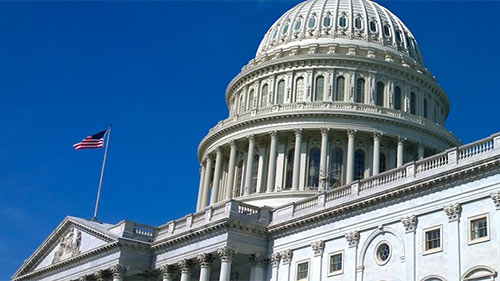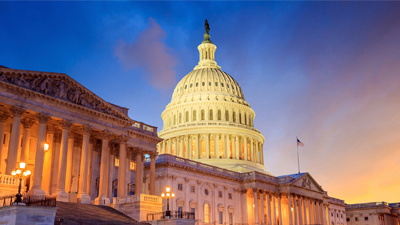Just over a year ago, I published an article in FedTech that provided predictions of the key wireless initiatives in government in 2021. Let’s take a closer look at those predictions and see what has progressed and, perhaps, what hasn’t. Or, better yet, what else 2022 may bring in terms of network technology in the federal market.
Let’s start with the former, taking a look at a couple of the 2021 trends that will remain key focus areas for government agencies:
- 5G
When talking network communications, no good trend piece can be published without a reference to 5G, so I’ll start there. Last year promised an explosion of 5G – from the infrastructure that supports it to the devices that run over it. The Department of Defense (DOD) has taken the greatest strides in this regard with a focus on establishing 5G “test beds” across its vast military bases for private companies to come test new networks. In January, FedScoop reported that the DOD is looking to hire a “next G” lead with the goal of thinking “beyond just fifth generation wireless telecommunications tech” so that the they can “start investing in telecommunications generations six and seven.”
Clearly, the DOD is leading the 5G charge within the government, but federal agencies across the board are exploring its implications for their missions. How soon will this be a reality? In a recent Government Business Council Flash Poll sponsored by CommScope, 54% of government respondents indicated it will be over three years until their agency is even 5G ready. One of the biggest barriers to 5G adoption, according to 68% of poll respondents, is the fact that there is little to no existing infrastructure. So, in 2022 the government will see more infrastructure build-out across civilian agencies as well as more advanced pilot programs within the DOD. We will also continue to see the expansion of LTE/Distributed Antenna Systems (DAS) that are upgradable to 5G installed for neutral host public cellular access in government facilities. We see a trend starting with a shift towards government procured DAS systems versus exclusively carrier funded systems.
- Wi-Fi 6
One area mentioned in last year’s article, which will have an even greater impact this year, is Wi-Fi 6, providing agencies with increased bandwidth and faster internet speeds. The adoption of Wi-Fi 6 and the procurement of access points that support this standard will advance government wireless capabilities, enabling them to take advantage of its performance and allowing them to connect more devices simultaneously. Ultimately, a movement towards Wi-Fi 6 will give agencies the ability to better handle the massive amount of data they store, manage and use. For additional details on the benefits of Wi-Fi 6 to the government, read my colleague’s recent blog on the topic.
Click-to-tweet: From 5G to Wi-Fi 6, find out what are the key trends that will remain key focus areas for government agencies
While 5G and Wi-Fi 6 are going to continue to be a major focus for federal agencies, there are other areas to watch in 2022:
- Private Networks
Private LTE networks will enable agencies to address communication challenges that only a dedicated, secure, ultra-high-quality network can reliably support. This will include use cases such as:
- Secure, wide-area, high-definition video surveillance
- Critical communications for security and operations teams
- Remote vehicle and equipment control
- Automated guided vehicle (AGV) connectivity
- Mobile high-volume data transfer for imagery, video and diagnostics
- Mobile connectivity for law enforcement and public safety vehicles
From a technology perspective, these private networks will include capabilities such as DAS to extend reliable in-building and outdoor cellular coverage; CBRS (Citizens Broadband Radio System) access points to allow agencies to deploy their own private LTE network; OneCell technology to enable mobile network operators to meet the demand for reliable LTE services where they matter most; among others. New small cell technology, like CommScope’s OneCell, are deployed over standards based ethernet networks allowing for a converged solution with WI-FI 6.
- Home Networks
The remote work trend that resulted from the pandemic is not going anywhere, anytime soon -according to the Office of Personnel Management’s fiscal year 2020 report released this January, 45% of all federal employees teleworked in 2020. This means that the enhancement of federal employees’ in-home networks will be the next big push given the new importance of improving access network speeds to support more upstream traffic for video conferencing and applications for collaboration. There will also be a renewed focus on the importance of home network privacy and security, as well as overall access and home network reliability, from both agency IT teams and the employees themselves.
These are just a few trends you can expect to see take hold in the federal government in 2022. We’ll revisit this again next year to see how they stand up.















